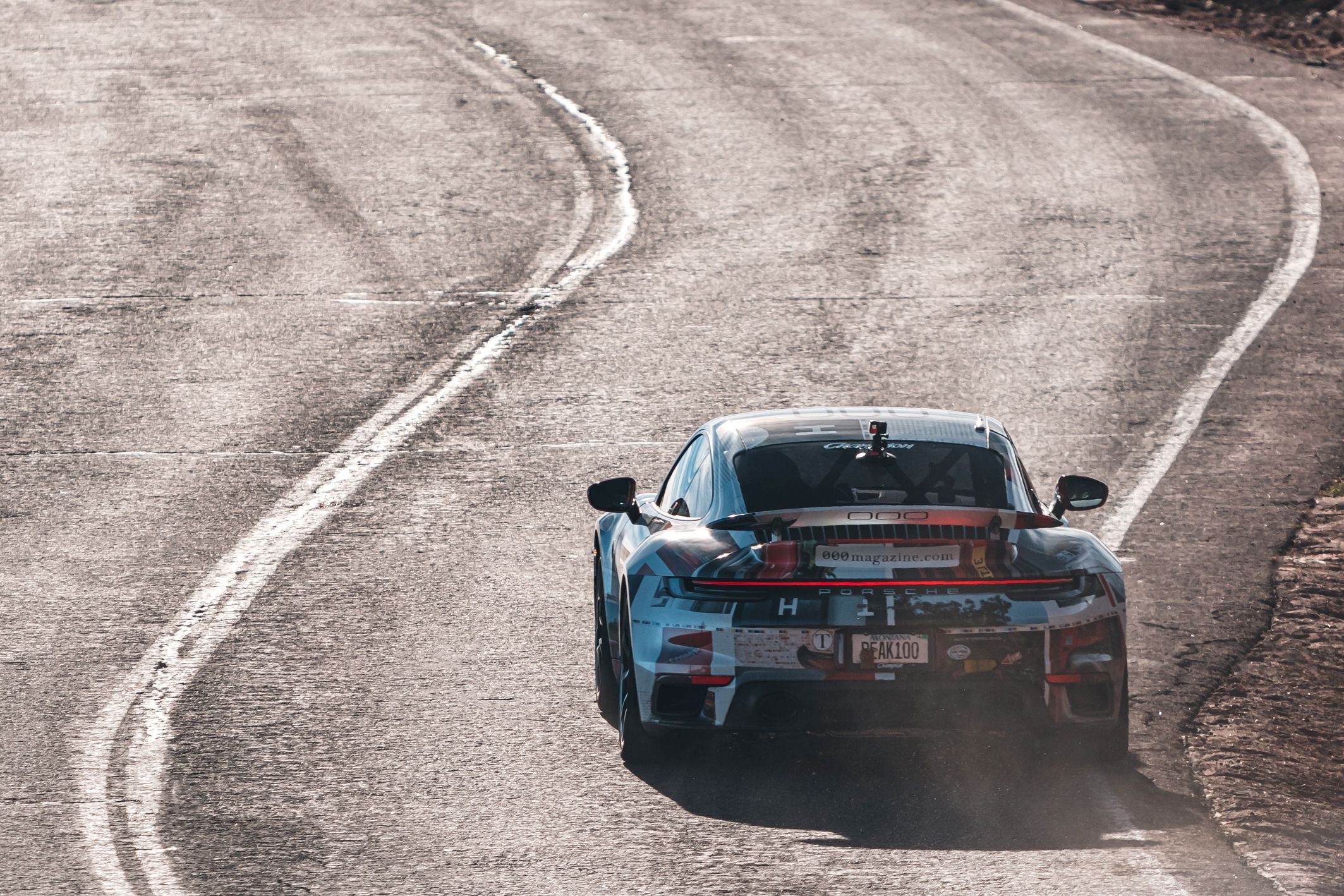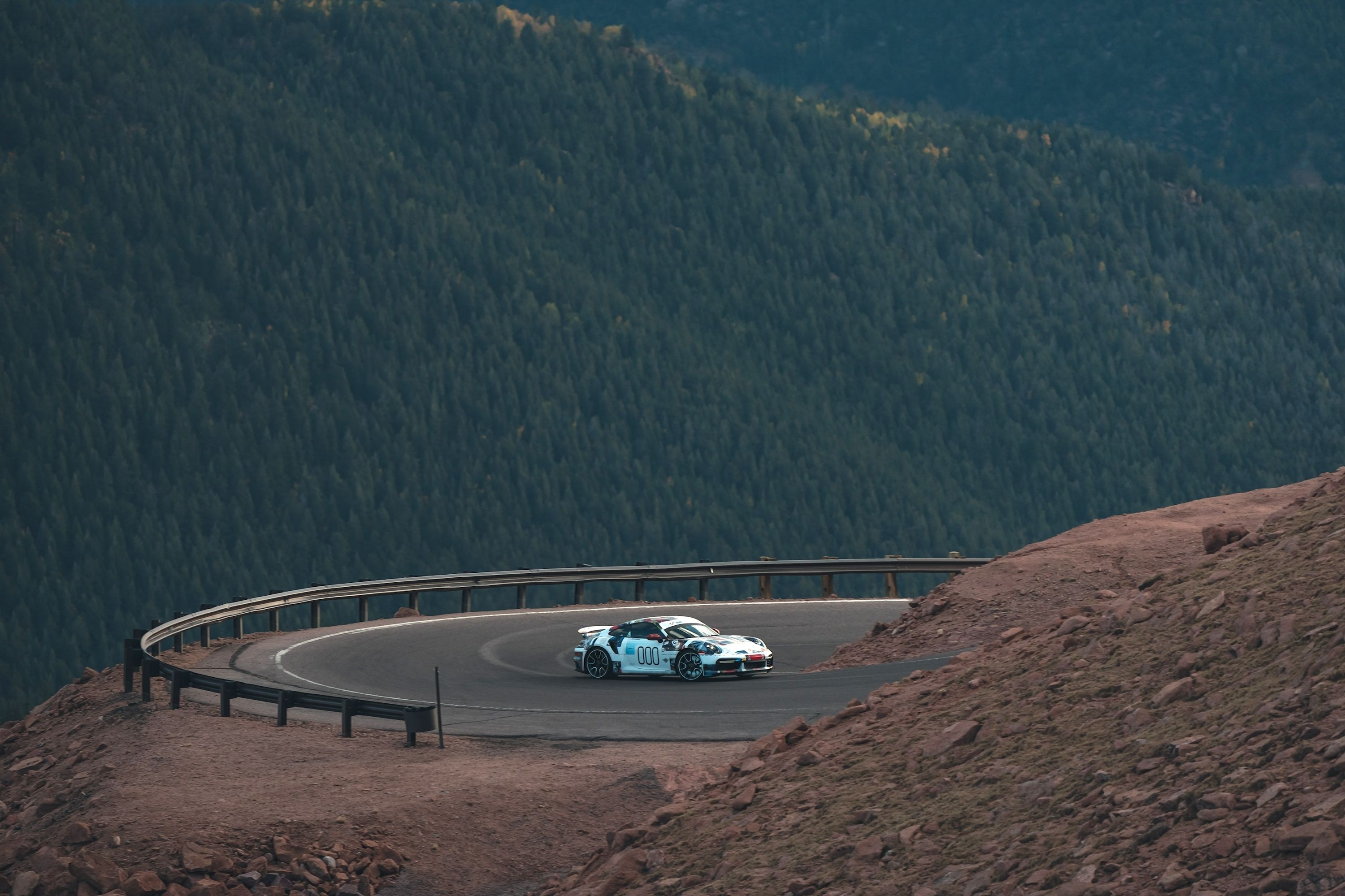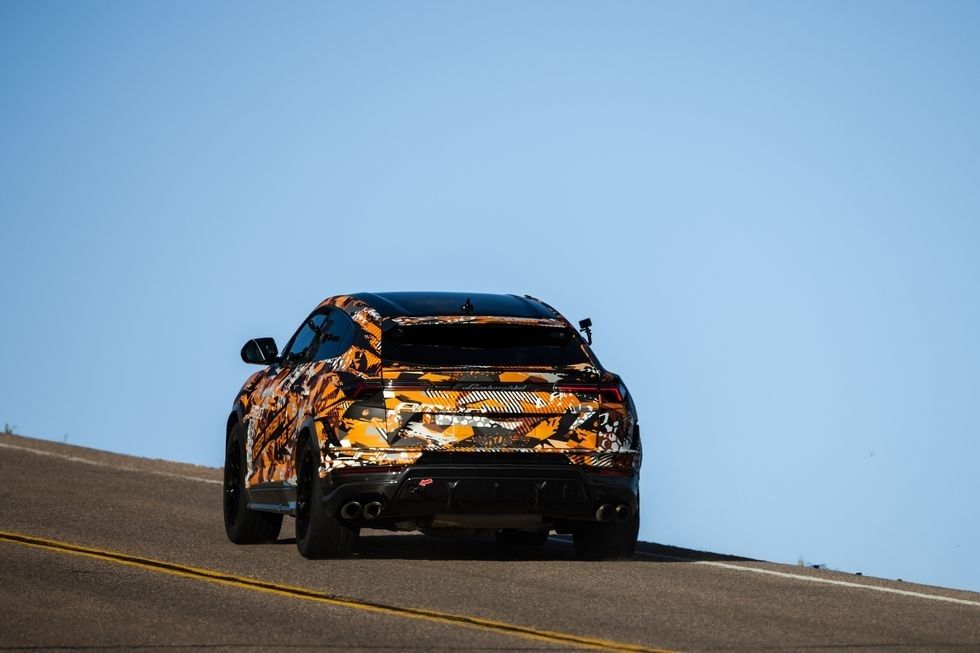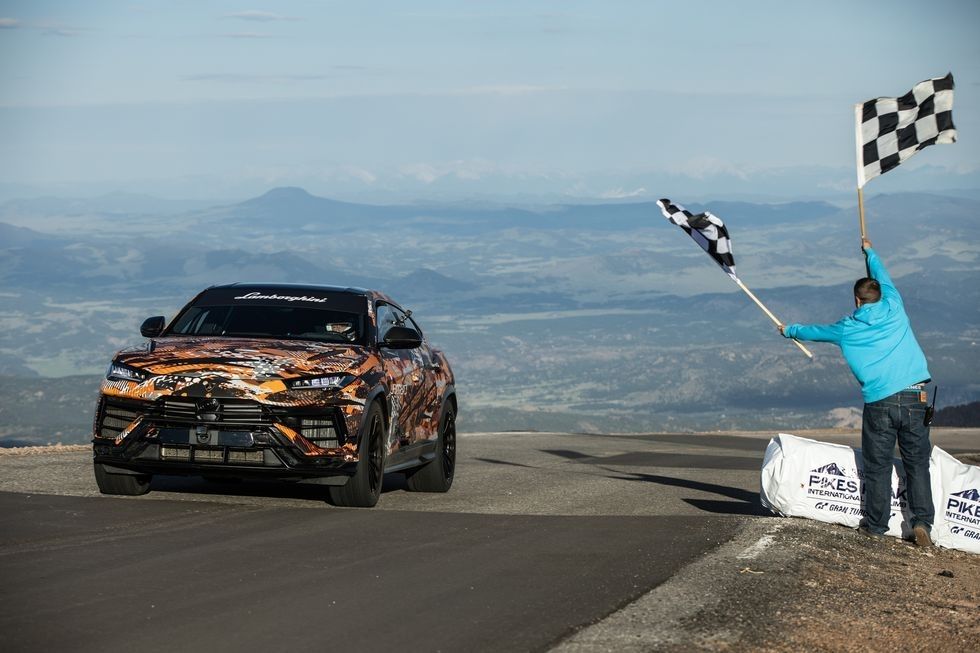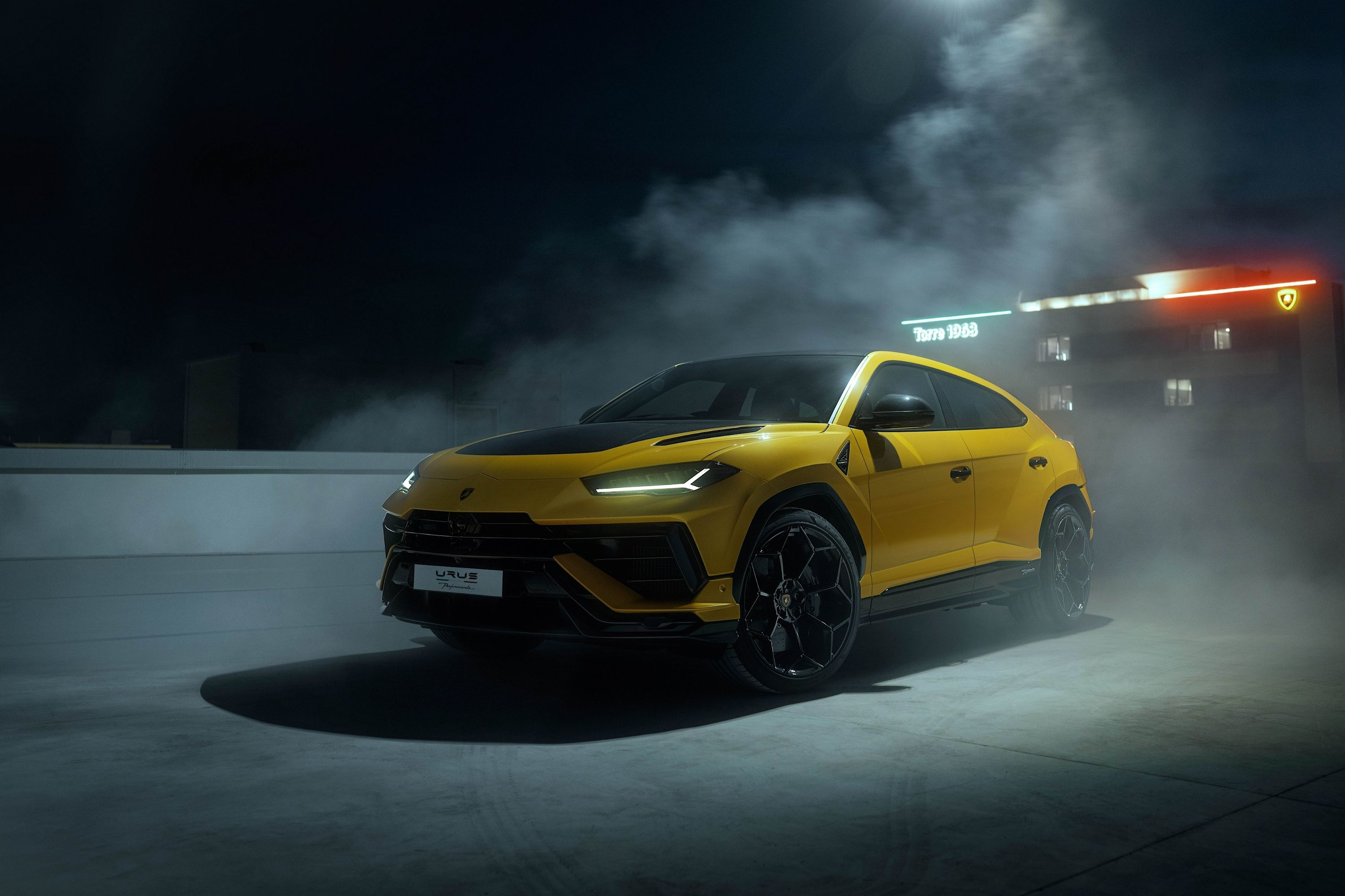
The Pikes Peak International Hill Climb (PPIHC) has evolved considerably over the years. No longer is there any sliding about on gravel - the entire course is now paved. This has increased how dangerous the event is because the speeds possible are higher, but it's also meant that record times have tumbled. But one thing that has remained the same is that the event is incredibly technical, and with such extreme elevation changes, it's tough on both cars and drivers who have to contend with changing weather conditions.
This year, the fog on the course was brutal, and many teams missed out on racing as hard as they'd like, but now they can go back when the weather suits them, making as many runs as they like. How does this all work, and what impact does it have on the records that currently stand?
Earlier this year, what would be revealed as the Lamborghini Urus Performante took to the famous course to set an official time with PPIHC timekeepers on hand. The result was that the Bentley Bentayga's time was eclipsed with ease. But Bentley's record was set as part of the official race, while Lamborghini's time was set at its leisure.
Similarly, a Porsche 911 Turbo S recently took to the course to see if it could crack the 10-minute mark, which it did. That means it was far quicker than the previous production car record set in 2019 in the Bentley Continental GT. Again, Bentley achieved its time on race day, so are these new times, set in special circumstances, the new benchmark? Not quite.
The PPIHC announced this week that it has opened a new certified course time testing program due to "increasing interest from vehicle manufacturers to prove their racing technology." With this, manufacturers and race teams can rent out the course and its official timekeepers to set official times, but "the times captured during these sessions are not race records, and do not replace any existing PPIHC records which reflect times set during the event," according to Fred Veitch, board chairman for the PPIHC.
At this point, one may wonder what the difference really is and why anyone would bother with the official event.
Well, the official race day event is a test of so much more than just skill and speed. As we touched on at the outset, teams are contending with changing weather conditions, which are often unpredictable. But more important to the allure of the event is that, before race day, only four days of practice are allowed, and teams can only see one section of the course on each day. That means that the course is not fresh in a racer's memory, and the car cannot be adapted due to new data found at higher altitudes.
Essentially, race day will remain the ultimate test of endurance, preparation, adaptability, speed, and reliability, while these external times may become a sort of American Nurburgring leaderboard, where manufacturers show just what they can do at Pikes Peak with ideal conditions. For drivers, nothing will beat a win on race day. For OEMs, setting a record outside of the event will be just as important.

